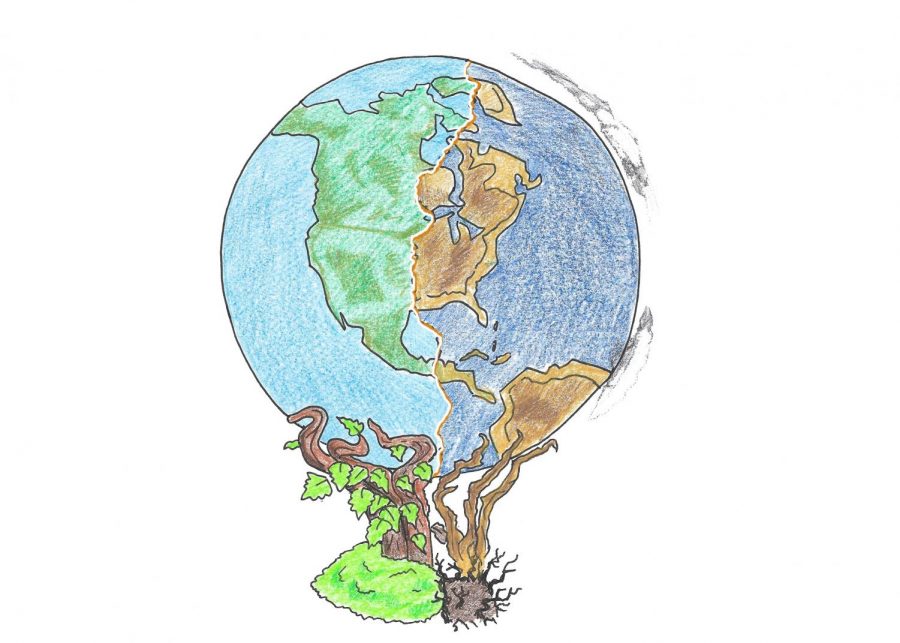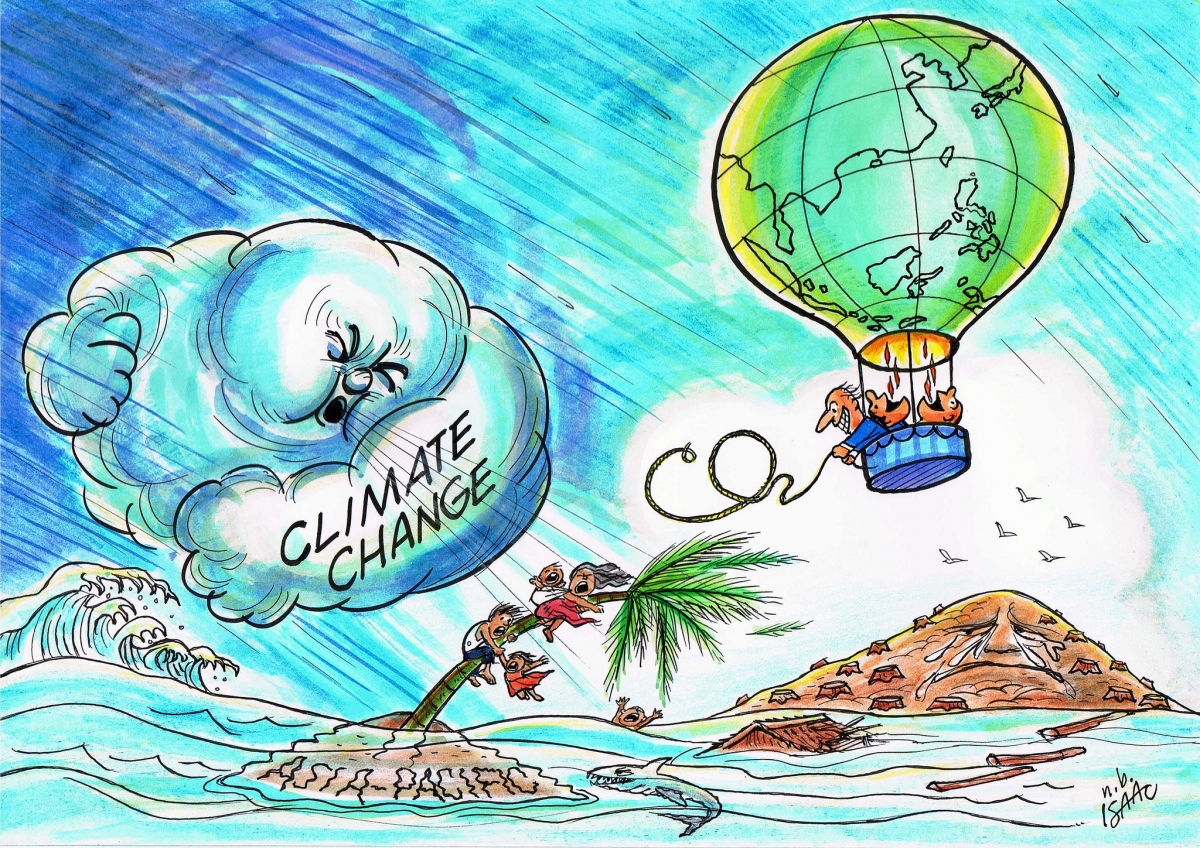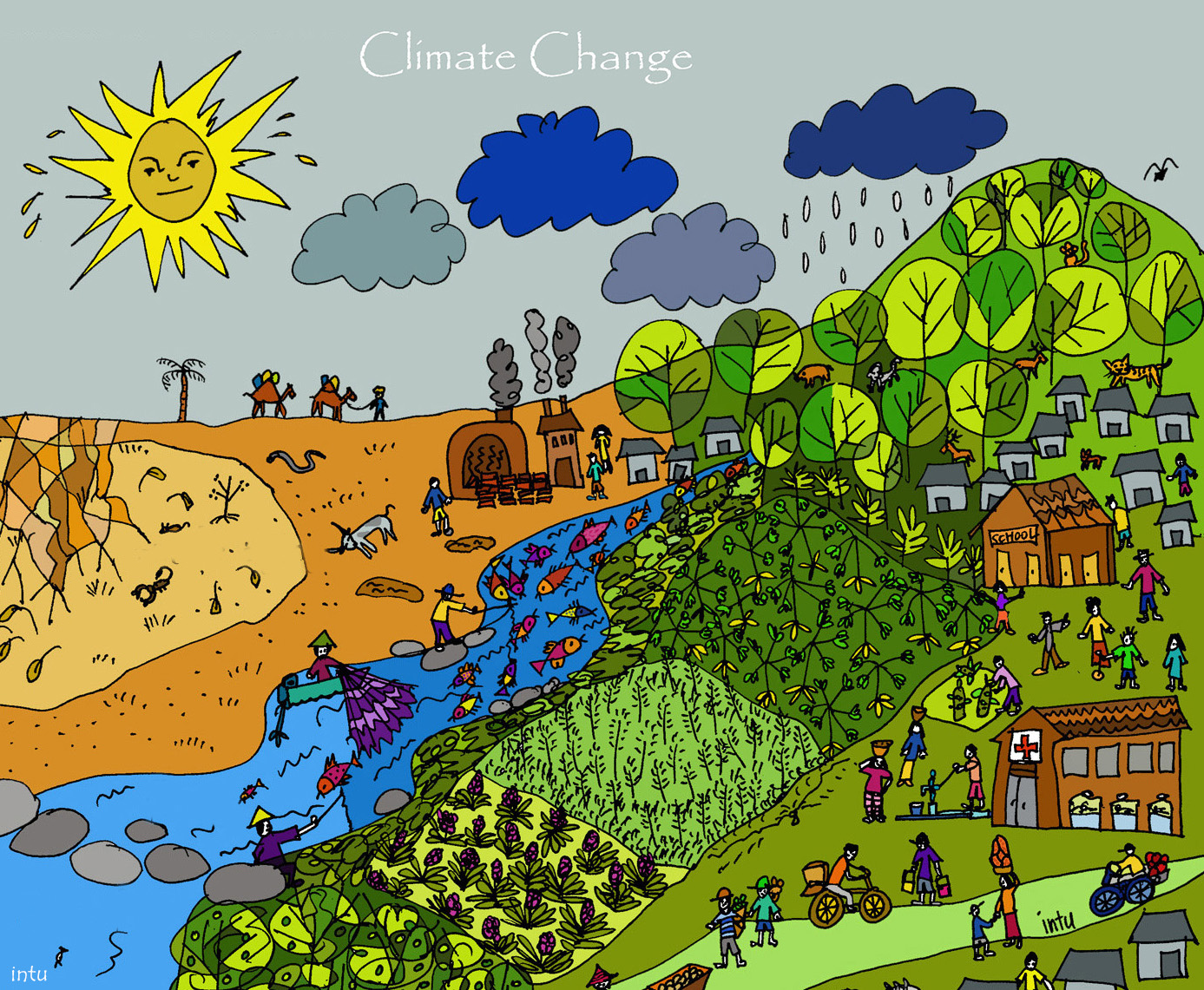Drawing landscape landscapes deforestation land climate change approach drawings maps 3d use role ground forest playing forests communities impacts global
Table of Contents
Table of Contents
If you are an artist or a student, you may wonder how to draw climate. Drawing climate is a challenging task, but it’s also an important way to show the effects of climate change on our planet. The process of creating artwork that depicts climate can be daunting, but it can be done with ease if you follow some guidelines. In this post, we’ll provide some tips on how to draw climate and suggest some approaches to help you create an impactful artwork.
Pain Points Related to How to Draw Climate
Drawing climate can be a challenge for many reasons. For instance, how do you represent weather phenomena like hurricanes, tornadoes or mist without resorting to cliches? How do you communicate the severity of climate change without being too obvious? How do you show the interconnectedness of different systems on Earth’s biosphere? These are some of the pain points that artists may face when they embark on the task of drawing climate.
Answering the Target of How to Draw Climate
To draw climate effectively, you need to have a clear understanding of what it means. Climate refers to the long-term patterns of weather that happen in an area over time. One approach to drawing climate is to focus on the elements that contribute to climate like temperature, precipitation, wind, and humidity. Another approach is to include the effects of climate change on the planet, such as melting glaciers, rising sea levels, wildfire, and loss of biodiversity. You can also create an artwork that combines both approaches to show the cause and effect of climate change.
Summary of Main Points
Creating art that depicts climate is a challenging task. Nevertheless, it’s important to represent the severity of climate change and its effects on the planet. To draw climate effectively, you need to focus on the elements that contribute to climate change as well as the effects of climate change on different systems on Earth’s biosphere.
How to Draw Climate: Approaches and Techniques
One way to draw climate is to start with a clear concept in mind. You can consider what message you want to convey or how you want to make others feel when they see your artwork. Some approaches you can take are realism, abstraction, surrealism, or impressionism. When creating climate artwork, you could use a mix of colors that convey mood and emotion, for instance, blue tones for water and green tones for vegetation. You can also use different textures or patterns to create depth and detail. To create an impactful artwork, you need to consider the composition and the principles of design. For instance, you can use the rule of thirds, focal point, balance, or contrast.
 Personally speaking, I found that drawing climate allowed me to appreciate the beauty and complexity of our planet. One of my approaches was to combine realism with abstraction to show the effects of climate change on different landscapes. To do so, I focused on texture and pattern, using different tones of colors to convey the different elements of climate, like ice, wind, or heat.
Personally speaking, I found that drawing climate allowed me to appreciate the beauty and complexity of our planet. One of my approaches was to combine realism with abstraction to show the effects of climate change on different landscapes. To do so, I focused on texture and pattern, using different tones of colors to convey the different elements of climate, like ice, wind, or heat.
Challenges of Drawing Climate
One challenge of drawing climate is to show the severity of climate change without scaring the audience or being too didactic. Another challenge is to avoid using cliches or relying too much on motifs like melting icebergs or polar bears. One way to tackle these challenges is to experiment with different concepts, approaches, and techniques until you find the right balance between message and aesthetics.
 ### Different Techniques to Draw Climate
### Different Techniques to Draw Climate
The techniques you can use to draw climate are virtually endless. From traditional drawing and painting to digital art, you can explore a variety of mediums, tools, and technologies. You can also experiment with different materials like charcoal, acrylics, or colored pencils. Additionally, you can use mixed media to add different textures and depth to your artwork. The important thing is to find the right technique that allows you to express your vision and convey your message.
The Role of Art in Addressing Climate Change
Art has always served as a powerful tool to raise awareness and inspire people to act. When it comes to climate change, the role of art becomes even more critical. By depicting the effects of climate change on our planet and its inhabitants, artists can draw attention to the urgency and severity of the issue. Art can also serve as a reminder of the need to protect our planet and find solutions to the crisis we face.
Q&A: How to Draw Climate
1. How do I come up with a concept for my climate artwork?
You can start by brainstorming different ideas or images that come to mind when you think of climate. You can also research different artists or movements that have explored the theme of climate in their work. Another option is to look for inspiration in nature, science, or documentaries
2. What are some techniques I can use to create depth and texture in my climate artwork?
You can use a variety of techniques such as shading, stippling, cross-hatching, or blending. You can also experiment with different materials, like watercolor or oil paint, to create texture and depth.
3. How can I avoid being too didactic or too exaggerated in my climate artwork?
You can try to balance aesthetics and message by experimenting with different concepts and approaches. You can also ask for feedback from others and seek inspiration from other artists who have explored the theme of climate in their work.
4. What are some topics related to climate change that I can explore in my artwork?
You can explore topics such as the effects of climate change on biodiversity, deforestation, melting glaciers, sea level rise, acidification of the ocean, pollution, and migration patterns of animals.
Conclusion of How to Draw Climate
Drawing climate is a challenging and rewarding task that requires creativity, technique, and vision. By exploring different approaches, techniques, and concepts, artists can raise awareness, provoke emotions, and inspire action towards the cause of climate change. Through art, we can remind ourselves of the beauty and complexity of our planet as well as the urgent need to protect it from the impacts of human activities.
Gallery
Global Warming Drawing At GetDrawings | Free Download

Photo Credit by: bing.com / drawing warming global climate change sketch anthropocene earth reasons parts epoch drawings why chapter changing philippines scientists flickr southeast asia
Global Warming Climate Change Abstract Art Spiritual Mind Human

Photo Credit by: bing.com / warming watercolor
Climate Change DRAWING - Challenge - YouTube

Photo Credit by: bing.com / climate
30+ Trends Ideas Earth Climate Change Drawing - Makayla Mansom

Photo Credit by: bing.com /
Drawing, Role-playing And 3D Maps: How A Landscape Approach Can Work On

Photo Credit by: bing.com / drawing landscape landscapes deforestation land climate change approach drawings maps 3d use role ground forest playing forests communities impacts global





